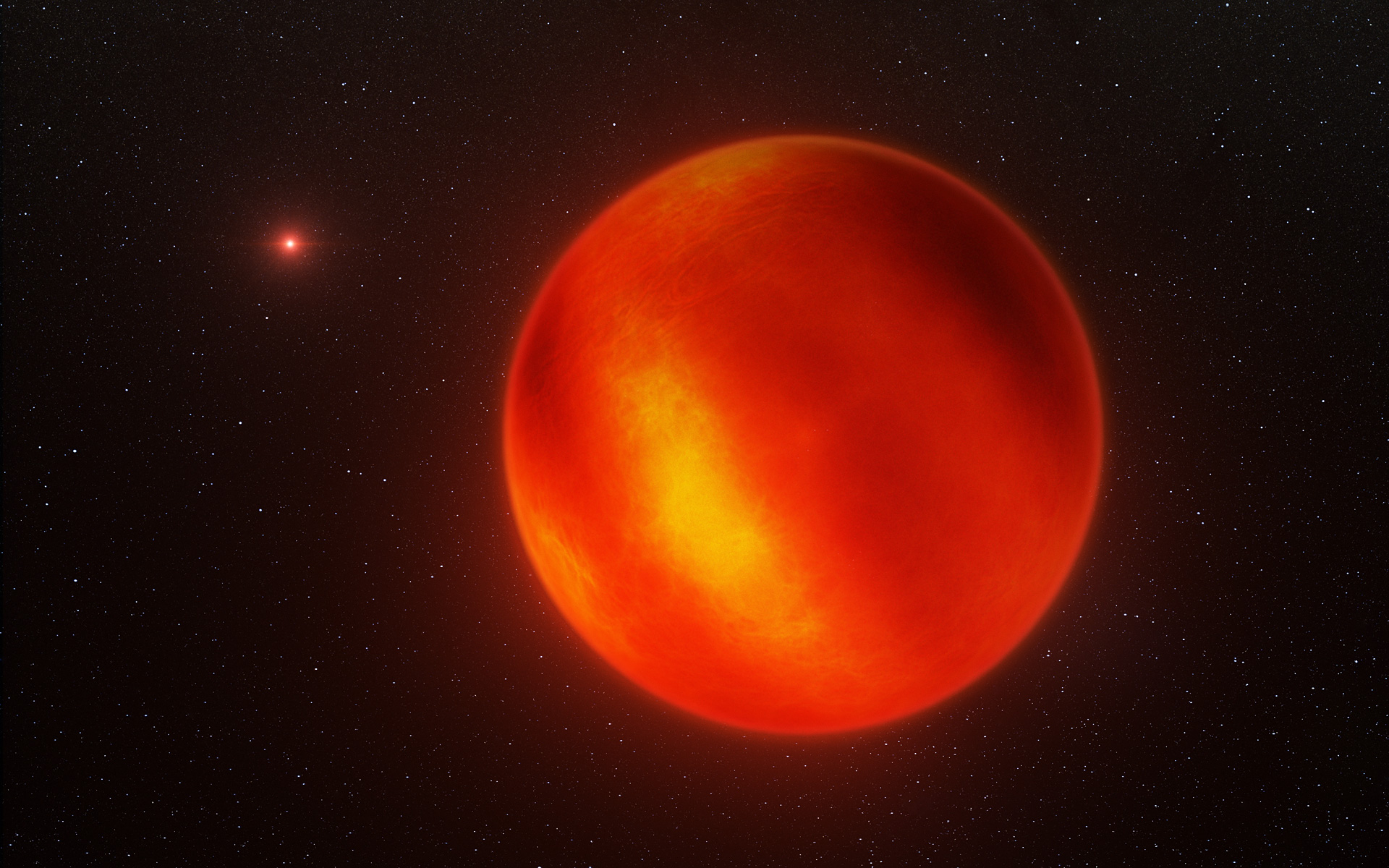Citizen scientists and astronomers find two strange, ancient brown dwarfs
The citizen scientists were part of the Backyard Worlds: Planet 9 project.

Citizen scientists recently helped direct astronomers to a pair of objects that straddle the line between planets and stars.
These newly-spotted substellar objects are brown dwarfs, which share many elements in common with stars. However, these gaseous bodies don't have enough mass to start nuclear fusion in their core, so they resemble planets more than stars.
The newfound brown dwarfs have very unusual compositions. They are the most planet-like brown dwarfs to be observed in the Milky Way's oldest populations of stars, NASA officials said in a statement. They also might help researchers learn more about planets outside the solar system.
Related: Best night sky events of July 2020 (stargazing maps)

The citizen scientists who spotted both objects were part of the ongoing NASA-funded Backyard Worlds: Planet 9 project. They were looking through spacecraft data from NASA's WISE and NEOWISE missions; both missions are chapters in the life of a single spacecraft called the Wide-field Infrared Survey Explorer.
And the objects that the collaboration recently found, now called WISE 1810 and WISE 0414, are weird.
When scientists studied them, they were surprised to see that these two brown dwarfs have very little iron compared to what's usually observed in brown dwarfs. This is a telltale sign that they are very old. The pair is estimated to be about 10 billion years old and to have a mass of about 75 times the mass of Jupiter, NASA said.
Breaking space news, the latest updates on rocket launches, skywatching events and more!
If these brown dwarfs formed with low levels of metal, so might ancient exoplanets. This could be a reason to search for old metal-poor exoplanets or alien worlds that orbit ancient metal-poor stars. Further research into this brown dwarf population could answer questions about how dependent the planet formation process is on the presence of metals.
A study accepted for publication in The Astrophysical Journal and uploaded to the preprint server arXiv.org details these findings. Its lead author is Adam Schneider from Arizona State University’s School of Earth and Space Exploration in Tempe. Schneider first spotted WISE 1810 in 2016.
NASA representatives said Backyard Worlds: Planet 9 has contributed to more than 1,600 brown dwarf discoveries.
Follow Doris Elin Urrutia on Twitter @salazar_elin. Follow us on Twitter @Spacedotcom and on Facebook.

Doris is a science journalist and Space.com contributor. She received a B.A. in Sociology and Communications at Fordham University in New York City. Her first work was published in collaboration with London Mining Network, where her love of science writing was born. Her passion for astronomy started as a kid when she helped her sister build a model solar system in the Bronx. She got her first shot at astronomy writing as a Space.com editorial intern and continues to write about all things cosmic for the website. Doris has also written about microscopic plant life for Scientific American’s website and about whale calls for their print magazine. She has also written about ancient humans for Inverse, with stories ranging from how to recreate Pompeii’s cuisine to how to map the Polynesian expansion through genomics. She currently shares her home with two rabbits. Follow her on twitter at @salazar_elin.
